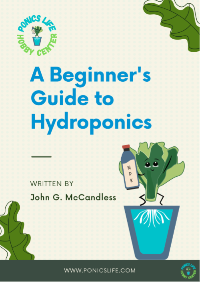Vegetable Planting Calendars
Selecting the right planting dates is essential for achieving a thriving vegetable garden, as the ideal timing varies significantly based on your specific location. This guide utilizes the USDA Plant Hardiness Zones to deliver customized planting recommendations for a variety of vegetables, suitable for any gardening season. With convenient, clickable links offering zone-specific, state-specific, and regional insights for your gardening plans, it establishes itself as an indispensable resource for beginners and gardening enthusiasts alike.

Vegetable Planting Calendars by Zone
With most of the United States encompassing USDA zones 3 through 10, identifying your specific zone is the first step to accessing a customized vegetable planting calendar designed to ensure your gardening success. Click any of the options below to learn more.
Vegetable Planting Calendars by State
Identifying your state’s particular zones is pivotal in tailoring your gardening activities to the local climate, ensuring that every seed planted has the best chance for success. Click on any state below to access state-tailored planting calendars.
Vegetable Planting Calendars by Region
The USDA breaks the US into 6 regional zones — North Central, Northeast, Northwest, South Central, Southeast, and Southwest — with each one offering its own unique climatic characteristics and gardening challenges. These regional distinctions are crucial for gardeners as they determine what you can grow, when you can grow, and how to best manage your garden throughout the seasons.
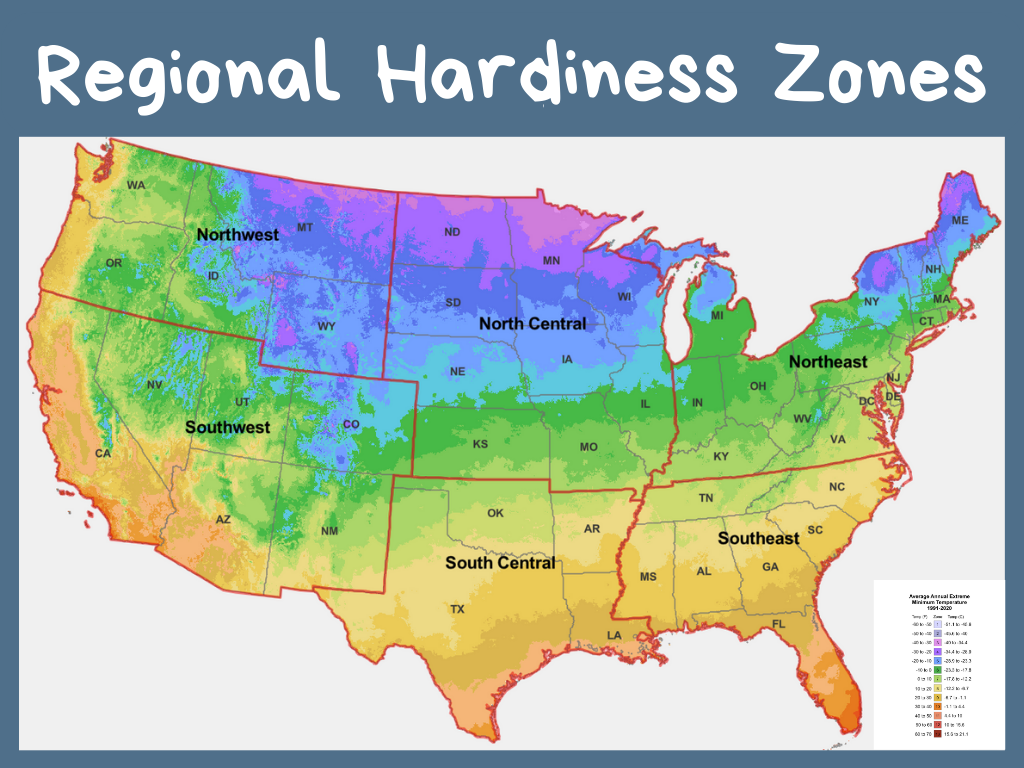
North Central
The North Central region is characterized by its wide range of temperatures throughout the year, with cold winters and warm summers, creating a distinct growing season for a variety of crops. Click any of the links below to explore the region more.
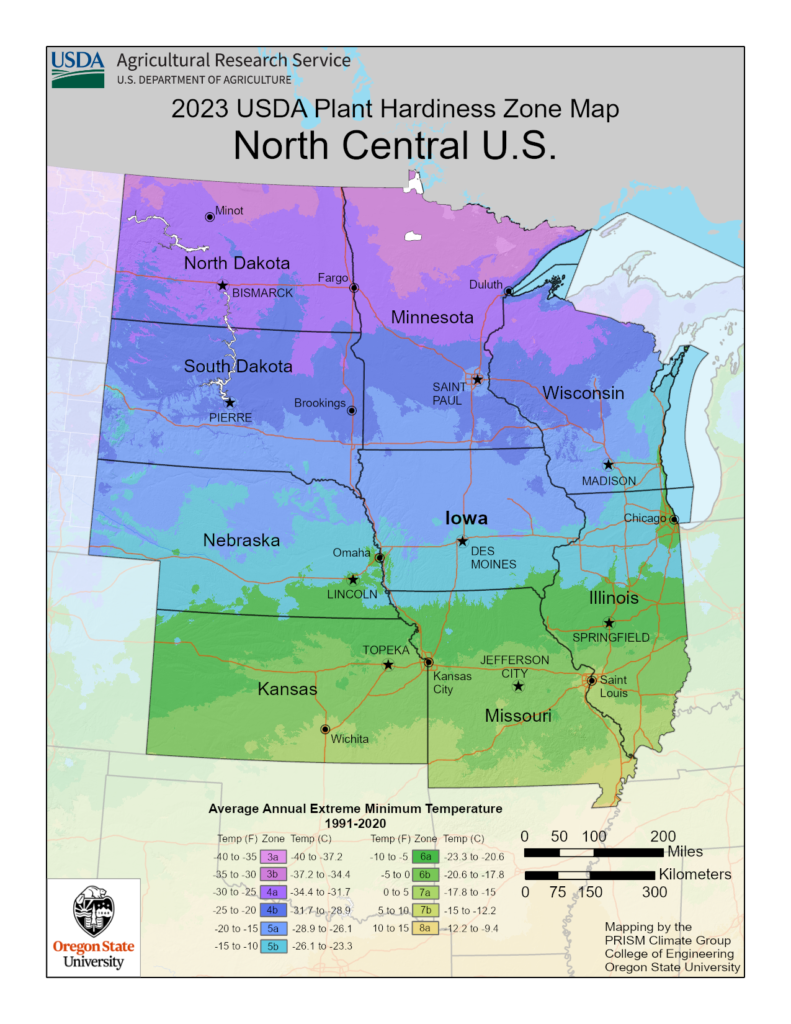
Northeast
The Northeast region is known for its diverse climate, featuring cold winters and warm, humid summers, offering a favorable environment for a wide range of vegetables that can tolerate cool temperatures in the early and late parts of the growing season. Click any of the links below to explore the region more.
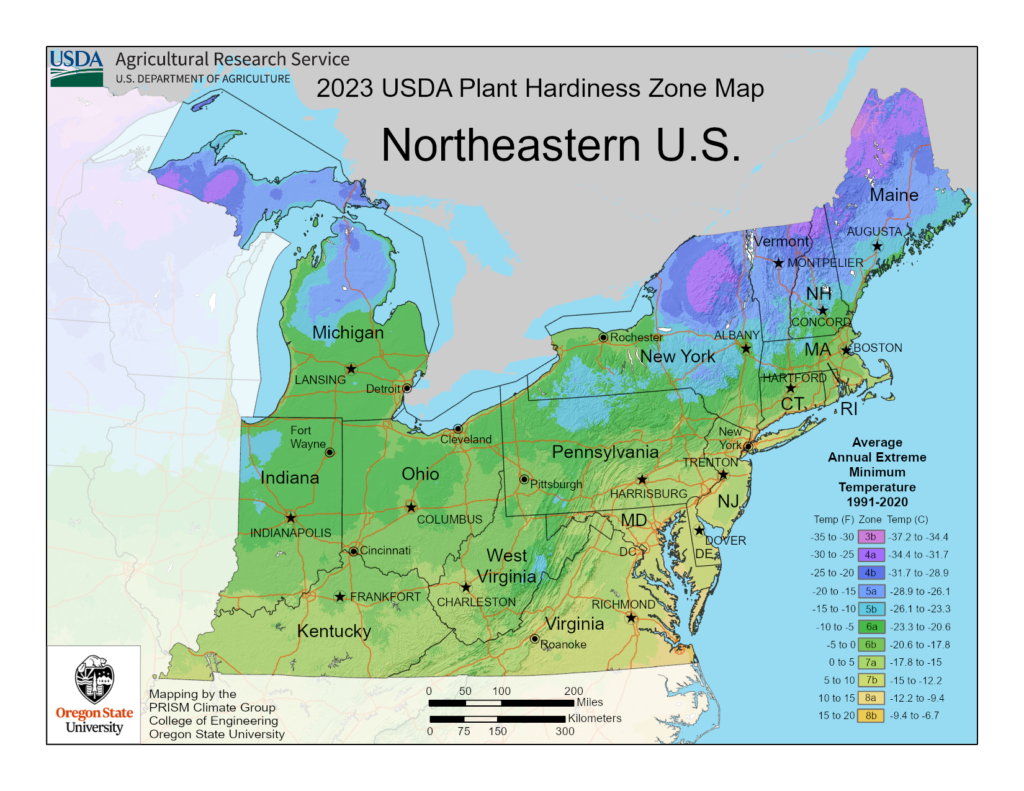
Northwest
The Northwest region, with its mild, wet winters and cool summers, provides an ideal setting for growing cool-season crops and perennials that require less intense heat and can benefit from the region’s longer growing periods due to mild temperatures. Click any of the links below to explore the region more.
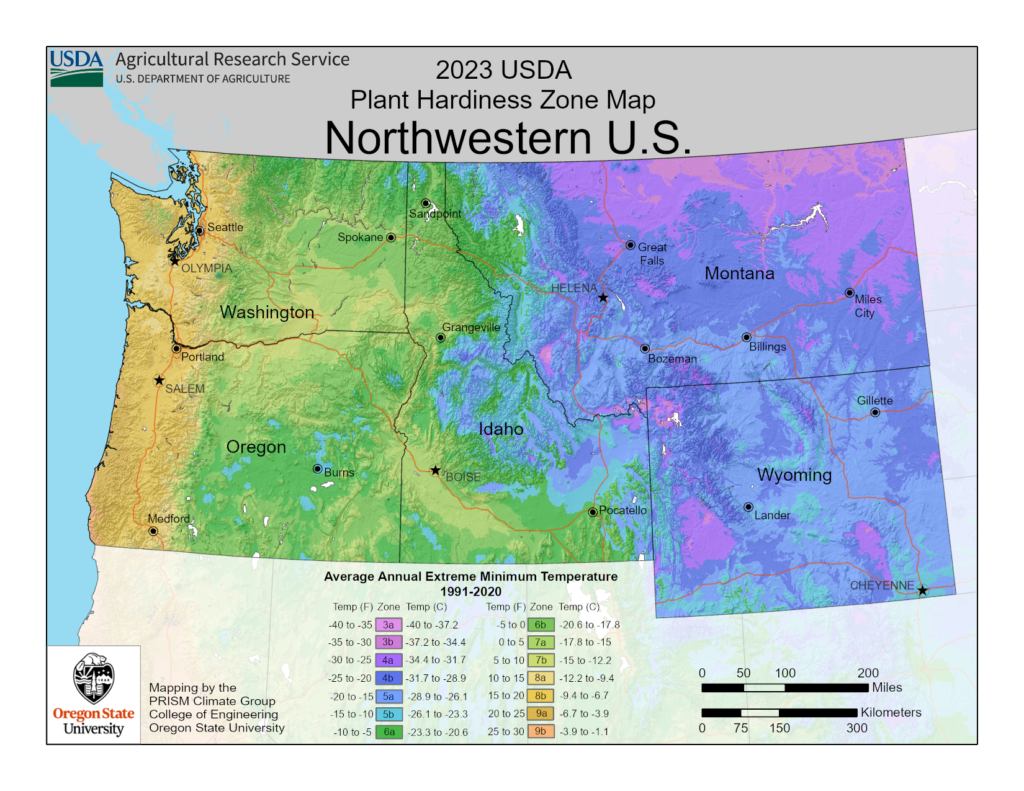
South Central
The South Central region experiences hot summers and mild winters, making it well-suited for warm-season vegetables and allowing for an extended growing season that can accommodate multiple plantings of certain crops. Click any of the links below to explore the region more.
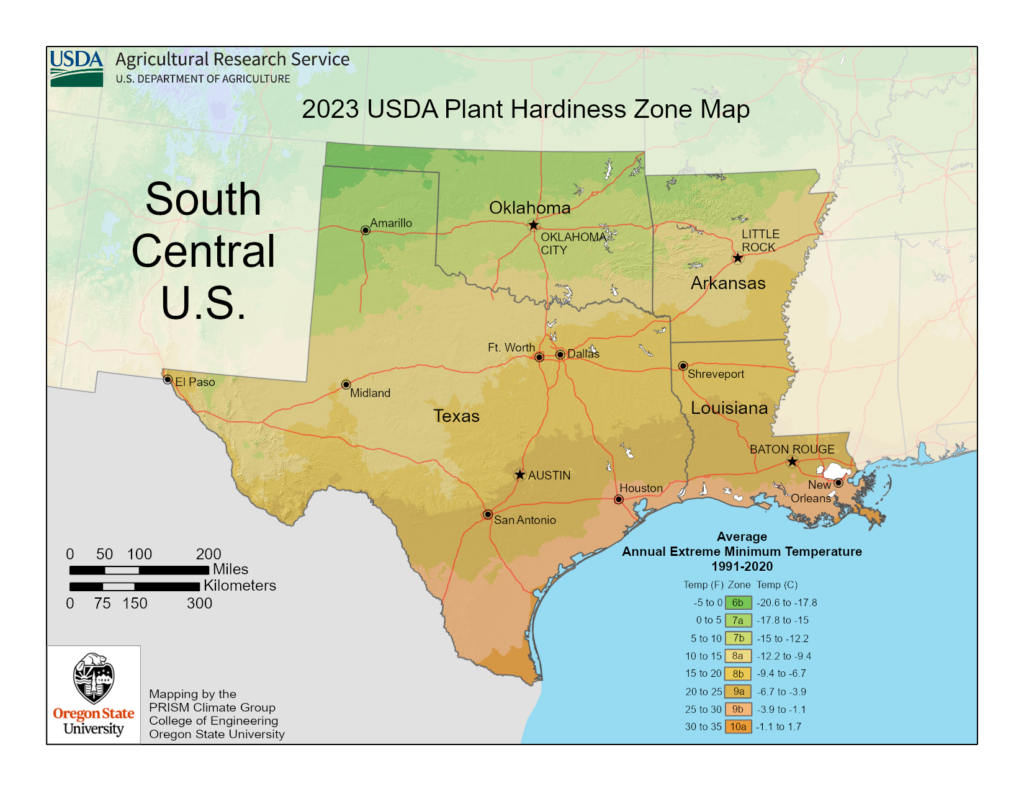
Southeast
The Southeast is characterized by its long, hot summers and mild winters, creating a prime environment for a broad selection of warm-season crops, as well as the opportunity for year-round gardening with careful selection and timing. Click any of the links below to explore the region more.

Southwest
The Southwest, marked by its dry conditions and significant temperature swings from day to night, presents a distinctive challenge for vegetable gardening, yet it also allows for the cultivation of heat-loving and drought-tolerant vegetables that can withstand the intense sun and scarce water. Click any of the links below to explore the region more.
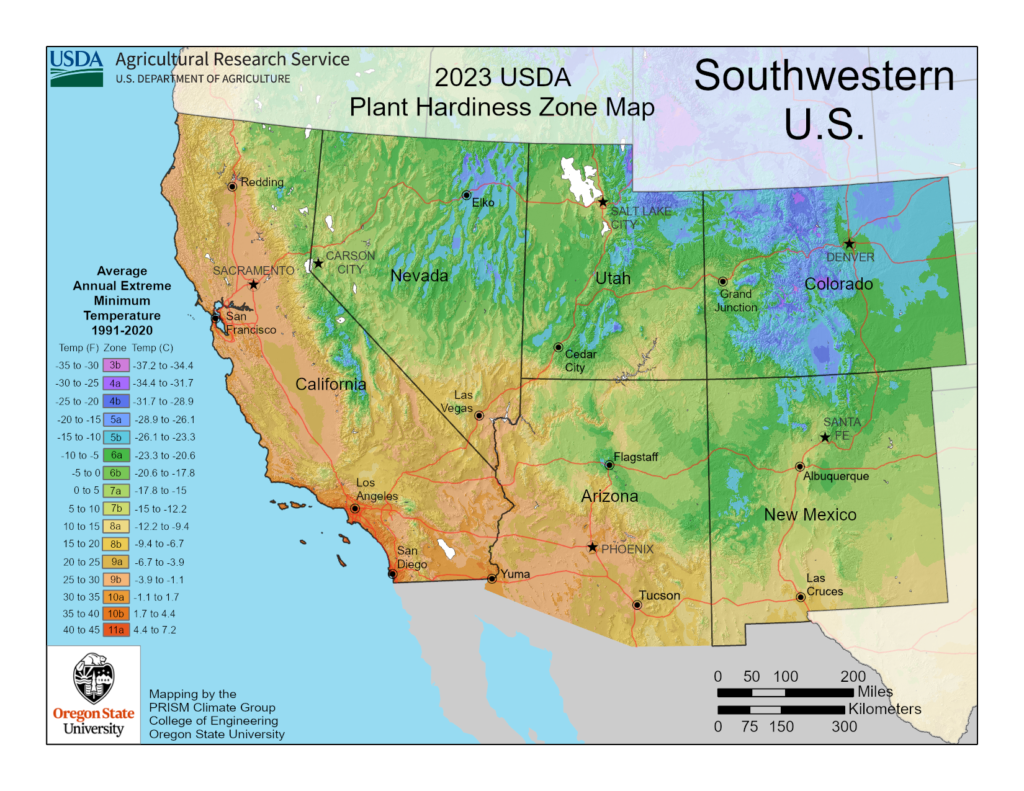
What’s Changed in the New USDA Maps?
The latest update to the USDA hardiness maps reflects significant shifts in climate patterns across various regions, indicating warmer average temperatures in many areas. These changes have resulted in adjustments to the hardiness zones, allowing gardeners to experiment with a broader range of plant species that previously may not have thrived in their regions. This update underscores the importance of staying informed about the evolving gardening landscape, ensuring that planting strategies remain aligned with the current climatic conditions to maximize garden health and productivity.
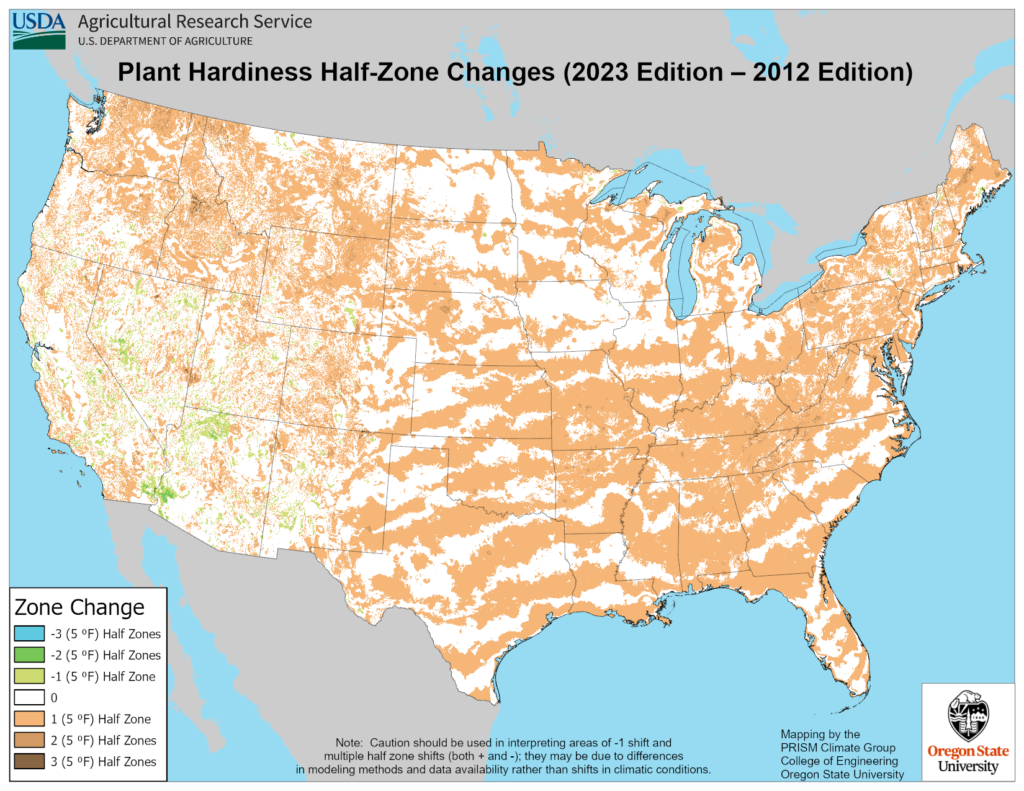
FAQs
Where does this information come from?
Most of the information found here comes from the newly updated USDA Plant Hardiness Zone Map which can be accessed here.
How often are the USDA Plant Hardiness Zone Maps updated?
The USDA Plant Hardiness Zone Maps are updated approximately every 10 years to reflect changes in average winter temperature data. The most recent update was based on temperature records from the past 30 years, providing a more accurate representation of the current climate.
Are the clickable state and zone guides exact?
The above schedules are flexible guides, not strict rules. Aim for a general timeline for starting, transplanting, and harvesting your vegetables, considering local weather and individual plant needs.
Can I grow plants outside of my hardiness zone?
Yes, it’s very possible to grow plants outside of your recommended hardiness zone, but it requires additional effort such as creating microclimates, using protective covers during cold periods, or growing plants in containers that can be moved indoors. However, success varies and is more likely with plants from zones just slightly warmer than your own.
How should I adjust my planting schedule for microclimates within my zone?
Microclimates can significantly affect your planting schedule. Observe your garden’s specific conditions, such as areas that receive more sun, are shielded from wind, or tend to retain moisture. Adjust planting times based on these observations, possibly planting earlier or later than general recommendations for your zone.
What resources are available for gardeners looking to learn more about specific plants for their zone?
Numerous resources are available, including local cooperative extension services, gardening clubs, and online databases. These sources offer valuable information on plant varieties that perform well in specific zones, as well as tips on care and maintenance. You can also explore our Hydroponics Hobby Center and our Aquaponics Hobby Center to add even more to your personal knowledge base.
What other resources would be helpful right now?
There are several other resources that would be helpful. Try reading our Vegetable Days to Maturity Guide, our Seed Depth and Spacing Chart/Guide, our Hours of Sunlight Needed Guide/Chart, and our Vegetable Container Size Guide.
Does everything above apply to soil-based gardening and hydroponics?
Yes, planting zones apply to both soil-based gardening and outdoor hydroponics. Because hydroponically grown plants, when grown outdoors, are exposed to the same elements as soil-grown plants, they will still be affected by environmental conditions.






